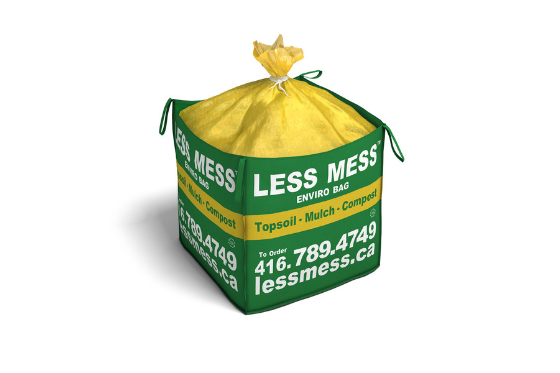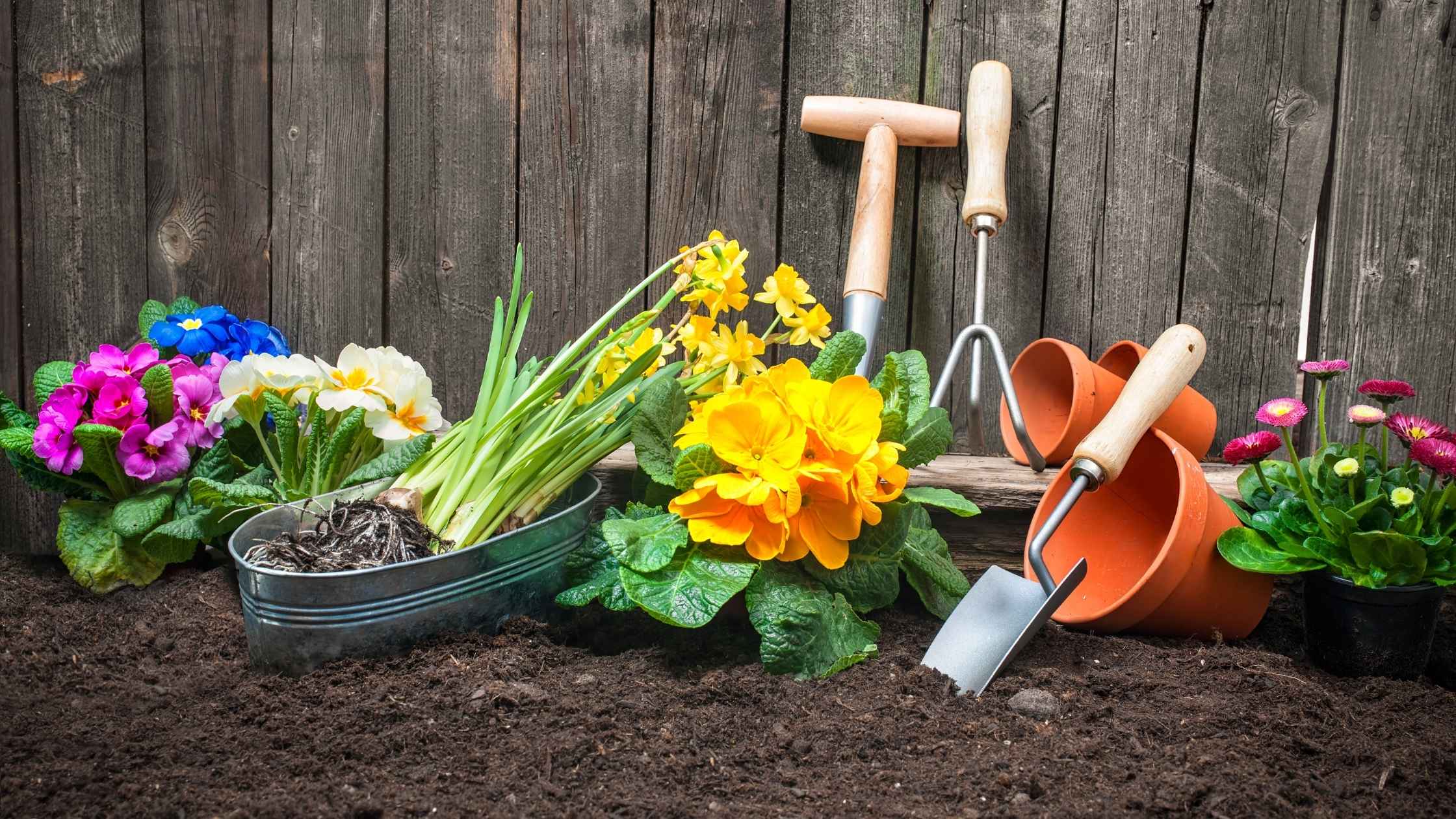Are you new to gardening? We’re here to help you start a garden from bed preparation through harvesting your homegrown vegetables, flowers, and herbs.
Starting a garden doesn’t have to be complicated with Less Mess™. If you’re new to gardening, you have come to the right place. This article covers the basics of starting your own garden bed from scratch in 7 easy steps. In a nutshell, gardening involves finding the right combination of sunlight, topsoil, and water to make your plants and veggies flourish.
1. Brainstorm an appropriate location
When starting a new garden, choose your gardening site wisely. The first and foremost step is to place your garden where it’s visible to you daily (out of observation means out of your mind in gardening). This way, you will always be motivated to take good care of your garden. Some things to keep in mind when picking a gardening site:
Windy areas of your property - If you live in Canada, you are probably familiar with wind gusts. High winds can destroy your garden, so take this factor into account while choosing a location for gardening.
Frost Pockets - Frost sets in low-lying areas; therefore, keep the frost pockets in mind while planting veggies that are sowed a bit early before spring.
Children's entertainment zone - Children love to play in the garden and enjoy nature. Be mindful of their play space and plant your crops so that your children have abundant access to their very own activity center.
Wildlife and pet damage - It can be frustrating to find tiny bite marks in your beautiful plants after spending so many hours taking care of them. Natural predators love to scour your garden, which might deteriorate your garden health. In addition, pets love dashing through greenery as they love open spaces, so be mindful of where you’re placing plants in your garden. Follow this link to discover more Less Mess™ tips on fending off natural predators.
2. Obey the sun and stay near the water source
Most crops, veggies and plants need around 5-6 hours of sunlight per day on average. Observe how the sun plays through your yard before choosing the location for your garden bed. Additionally, make sure you have decent access to water where you plan on starting a new garden. Miscalculating these two factors can hamper plant growth and is considered a common pitfall for beginner gardening.
3. Use Premium Quality Soil
Premium quality soil is the critical foundation for a fruitful and healthy garden. Investing in premium garden soil is the key to maximum growth potential. Less Mess™ Enviro Bag provides nutrient-rich blends of Black Garden Topsoil suitable for revitalizing old gardens, trees, shrubs, flowers, and vegetables. Our products are professionally formulated to improve your lawn's overall look and condition.
Less Mess™ soil is pH balanced and designed to retain moisture in even the driest of weather conditions. This specialized soil blend supports seedlings from an early stage, giving them a boost right from the start. Check out our array of products to see what is best for you and get gardening!

4. Choose the right plants
Do some research to choose the right plants based on your growing conditions. It is crucial to learn the best times to plant a seed for vegetables. Our go-to solution for a planting calendar is the Almanac, and you can find the 2022 planting calendar here.
Do your homework and pick combinations that will grow well (sun-loving plants and crops in the shade) in your yard. To get a step up on success when growing veggies and herbs, start with vigorous young plants from Bonnie Plants® instead of trying to grow from seed.
5. Add quality mulch to your garden
Mulch can be defined as any organic substance used as a top cover to the soil that enhances the rooting environment for plants. Organic mulches come in many forms, colours, and textures. As a by-product of wood waste, mulch is an environmental product and is important for a healthy garden.
Adding 2-4 inches of mulch around your plants will help protect your garden from weeds and reduce moisture loss. Check out our wide variety of Less Mess™ premium mulch which helps add colour and texture between plants and trees. (Try our cedar mulch which has fantastic fragrance!) Choose a mulch that decomposes in a few months for a vegetable garden or bed of annuals. For perennials, use a longer-lasting mulch such as bark chips.
6. Boost your garden regularly
Feeding your plants regularly and taking care of them is vital for your gardening success. Gardening products and effort go hand in hand in crafting a beautiful spring garden. The size of your garden bed determines time requirements, which may range from a few minutes per day to a full-time job.
7. Enjoy the harvest
After a significant investment in your garden, now is the time to harvest and enjoy! As produce ripens, harvest vegetables as soon as they're ready.




